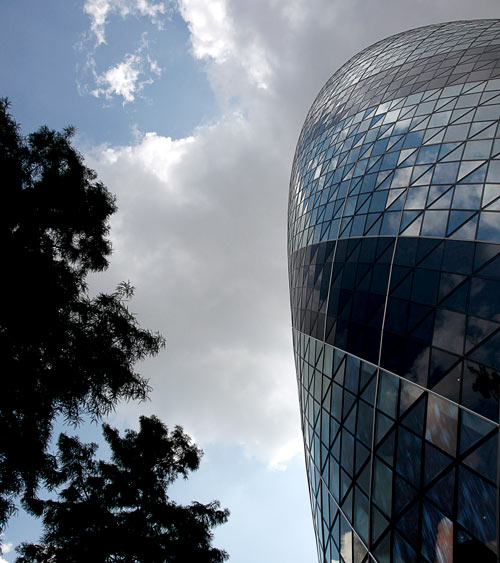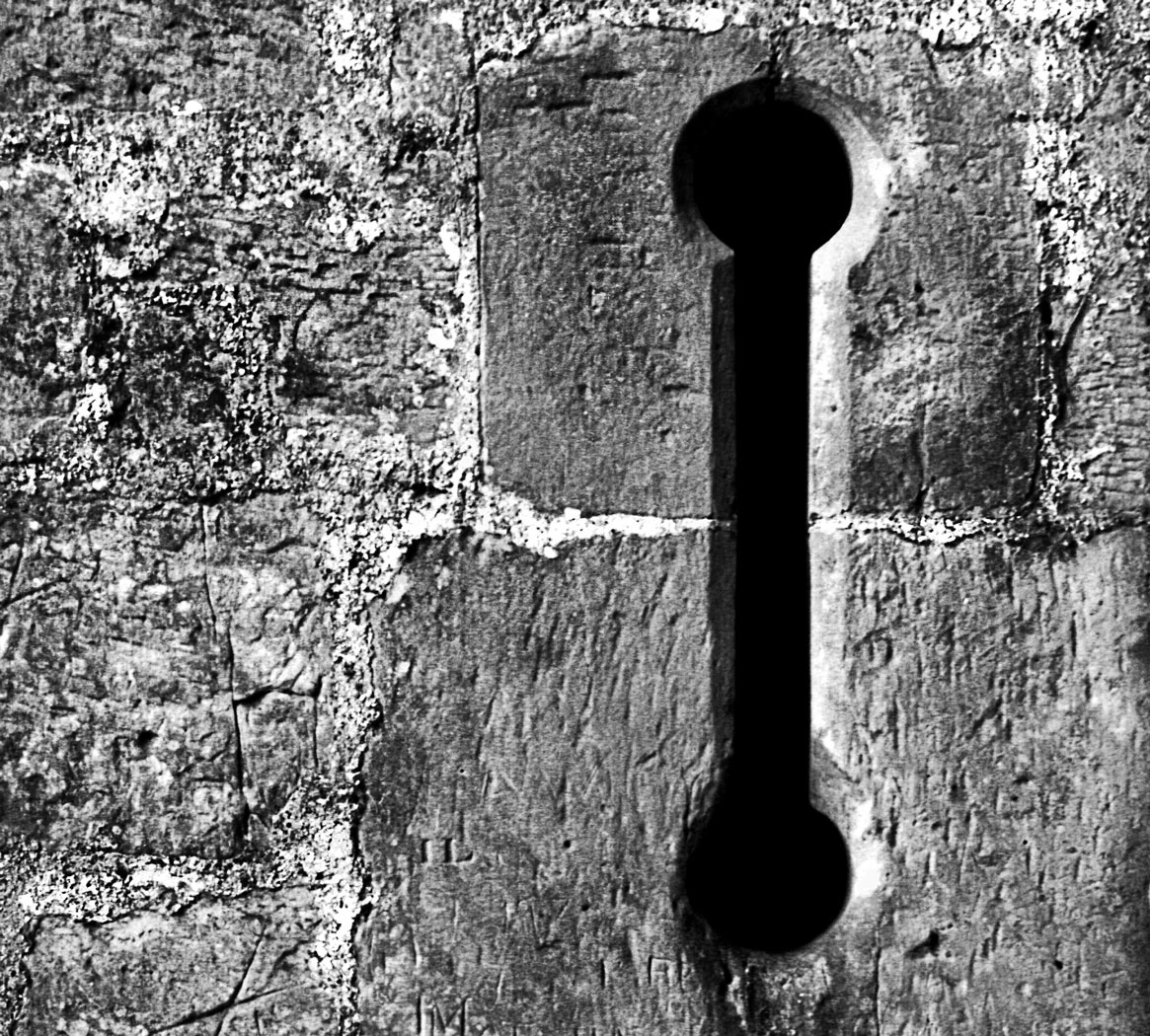
The paraglider is defined by the space around about. The strong open space makes a statement about freedom and openness.
Negative space offers an opportunity.
The use of space in a photo is an interesting way to open up a picture and to emphasise the importance of the main subject. In this post we are going to examine use of negative space.
What is negative space
In simple terms negative space is everything in the picture that is not a subject. What lies around and between the subject(s) is negative space. In most images that surrounding space between the subject(s) is not a strong compositional element, forming part of the background. The background in an image forms part of the overall perspective of the shot as well as the in-fill. While they are important, the negative space they create does not normally carry a significant compositional impact like the subject.
Power
Negative space can be used as a major compositional element in a photograph, perhaps even the largest element. In the picture above the paraglider is defined by the surrounding open space. A sense of openness and freedom is conveyed by that negative space. The image is intended to show the elegance of the flight, the emptiness of the negative space and the balance between them. Simple images like this provide a way to draw the viewer into the picture through the use of the open space. The strength of the openness, which occupies most of the image, provides a power that not only defines the image but represents a significant part of the message in the shot.
Definition
One of the most obvious uses of negative space is create a defining part of the subjects space or positive space. In the image below the building and the tree represent a pair of opposing geometries.

The Gherkin building – City of London, UK
The negative space (sky) between the tree and building creates a definition, highlighting the very different edges of each of the positive spaces.
The one is well defined in its geometric format of windows (the Gherkin building in London) and curves. On the other hand the tree represents a chaotic, irregular, almost disorganised entity. The negative space between them creates a definition of both and refreshes the eye when moving back and forth. The counterpoint is defined by the negative space.
Using negative space as the subject
It seems funny to use ‘nothing’ as a subject. Nevertheless, the absence of something is still meaningful. In the next photograph the subject is actually negative space – albeit of a relatively small size…

Arrow Slot – Bodium Castle
The existence of the slot is defined not by the brickwork, but by the intense blackness of the arrow slot.
As you can see the power in this image is in the deep black of the arrow slot in the wall, off-set nicely by the textures in the hand-cut stonework. It is that deep blackness that, in this case defines the slot.
As an additional point, the opposite is true too. The positive space can define the negative space in a picture. When you look at the picture of the vase you will see the main vase to start with. However, stare at the image long enough and the stem of the vase becomes two faces staring at each other closely. The positive space of the vase has acted to define the negative space around the outside of the vase where you can see the faces.

• Rubins Vase • Vs study of the negative space created by the vase stem.
Click image to view large
• Rubins Vase • By Wikipedia ![]()
Negative space can be used in powerful ways. In essence, it is a great way to draw the eye of your viewer into the picture.
Photokonnexion Photographic Glossary – Definitions and articles.
Definition: Negative space (composition)
Positive space

2 responses to “A quick look at negative space”